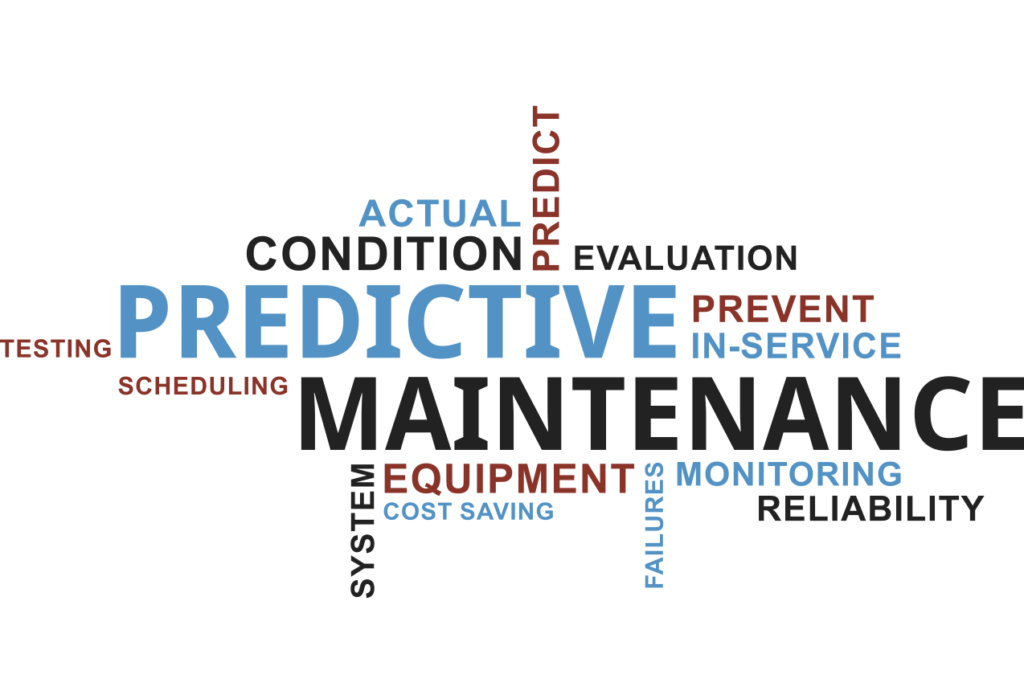
Everything You Need to Know About Predictive Equipment Maintenance
One of the key advances in the IT sector in the industry is the reduction of equipment maintenance costs. Technologies such as Predictive Maintenance are already well established in many areas and can reduce downtime, increase unit productivity and optimize production costs. We will tell you how the methodology works, where to start implementing Predictive Maintenance and what benefits the company gets from this.
Why are leaders implementing Predictive Maintenance?
Industry mastodons like Toyota and Motorola prescribe equipment diagnostics in business strategy, because the company’s profit directly depends on these indicators. Unfortunately, in Eastern Europe, such approaches to diagnostics and equipment maintenance are often misunderstood or underestimated.
Here, the control and condition of equipment is often looked at in a simplified manner: breakdown = cost of new parts and spare parts. More broadly, a breakdown is a reduction in production volumes, the cost of reorganizing processes, wages and disruptions to planned deliveries. Ultimately, this is also possible damage to reputation, the financial losses from which are impossible to predict.
Leaders who do not see the costs described above often practice traditional approaches:
Reactive – where is MTBF; used when equipment can be easily replaced or repaired without compromising production.
Preventive – similar to the system of scheduled preventive maintenance (PPR); It is used for equipment, the cost of which is not critical, and the repair does not take long.
To date, these approaches are not effective enough for a qualitative solution to the problems of equipment failure. The human element, data organization problems, and a lack of full enterprise visibility will always be sources of stress, downtime and cost overruns.
Manufacturing can be made efficient and reliable by using Industry 4.0 approaches. Predictive Maintenance and remote control have a positive impact on the company’s growth. This is also confirmed by the estimated volume of the market for Predictive Maintenance products, which, according to forecasts, will increase to $ 10 billion by 2022 (that is, 7 times).
How it works
The Predictive Maintenance technology is based on the equipment maintenance methodology based on the reliability principle – Reliability-Centered Maintenance (RCM). A properly implemented RCM concept ensures that systems work properly under the right conditions and breakdowns are minimized.
Imagine that a company has a pump that works properly for the first time. Over time, its performance decreases due to, for example, filter clogging. Later, there comes a moment when the pump does not pump the required amount of water, and the productivity drops to a critical point. Equipment breaks down. If this happens while the equipment is operating with raw materials, the consequences become even more dire.
What do traditional approaches to equipment maintenance offer in these cases? Replace pumps periodically, for example, according to the average performance of the unit. This is not a bad solution, but the problem with such approaches is that they do not take into account the specifics of the nodes. Some of them may fail earlier or later, and it is not worth applying one template to them. As a result, the enterprise is nominally engaged in equipment maintenance, but in reality it still loses its efficiency.
The predictive maintenance methodology is based on another principle – regular assessment of the condition of all equipment with an individual approach to each type of device. This means that the signal for repairs is not the average service life dates, but the drop in indicators. This not only removes the “blind spots” of production, but also repairs equipment when it is most profitable and efficient. The planned approach, where “calendar” checks essentially extinguish the fire on the fly, is inferior to the predictive approach, where equipment is maintained based on up-to-date data and accurate forecasts.
How do I get started implementing Predictive Maintenance?
Information is at the core of predictive service efficiency, so you should start with data processing. It includes:
- collection of parameters
- monitoring
- control of indicators
The next step is to build a causal relationship between changing parameters and equipment operation. As a result:
- a set of boundary values is generated, according to which the system determines the need for repair;
- critical breakdowns are prevented;
- the conditions are created under which the device works most efficiently.
Fact: as soon as the indicators fall, the algorithm automatically notifies about the need for fixing. All indicators are combined into a single network, so management will always be aware of risks and potential problems.
The third stage of Predictive Maintenance implementation is fully automated control of equipment at the enterprise. The system manages all processes as efficiently as possible, including:
- monitoring indicators;
- placing orders;
- creation of repair requests;
- ordering the necessary components.
Additional benefits of Predictive Maintenance and RCM
Efficient use of enterprise resources is a major plus for predictive maintenance, but there are other benefits as well. The first is a complete picture of production indicators. Systems such as SmartEAM work with Big Data and, by analyzing it, simulate realistic scenarios. For example, to predict non-obvious failures, Machine Learning algorithms analyze past performance to prevent failure. A person cannot do this.
This enables managers to make effective decisions based on data from yesterday, the past month, or a year. Financial and sales planning is becoming more transparent and calculations are more accurate.
The second advantage: almost complete exclusion of the human factor. The system manages the data like an orchestra, making the right decisions instantly and avoiding errors like duplicates, incorrect entries, or accidental editing of metrics. That said, predictive maintenance solutions do not necessarily require advanced hardware and sensors. The methodology works smoothly on any hardware.
In summary, the predictive approach in its versatility shows good ROI (Return On Investments), increases the technical readiness of the enterprise and removes critical moments. Systems such as SmartEAM regularly improve the platform’s algorithms and are available on both PCs and smartphones or tablets. This is especially true, given the heterogeneity of working equipment in the production of Eastern Europe.
The SmartEAM team is working on solutions that increase equipment life, optimize costs and enable decisions based on up-to-date and accurate data.





